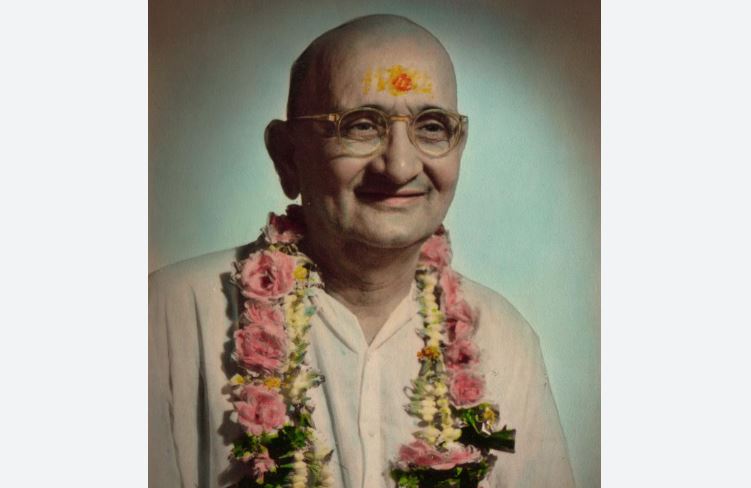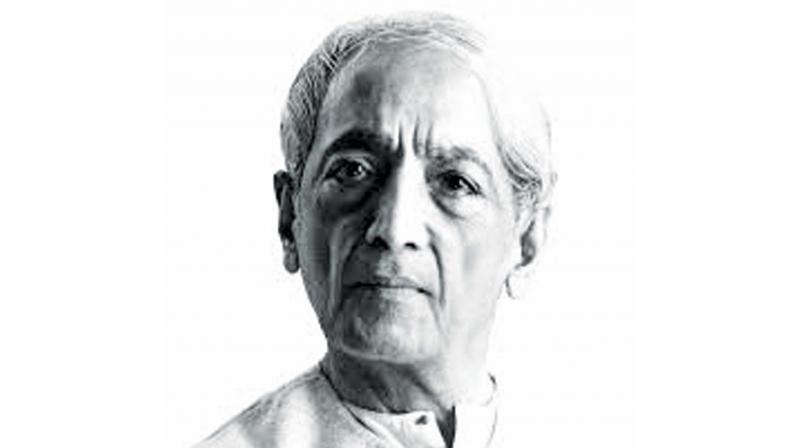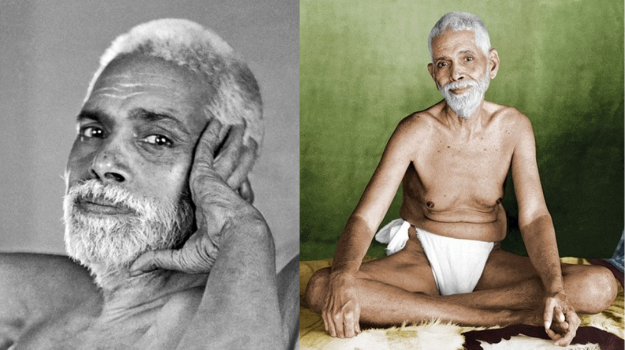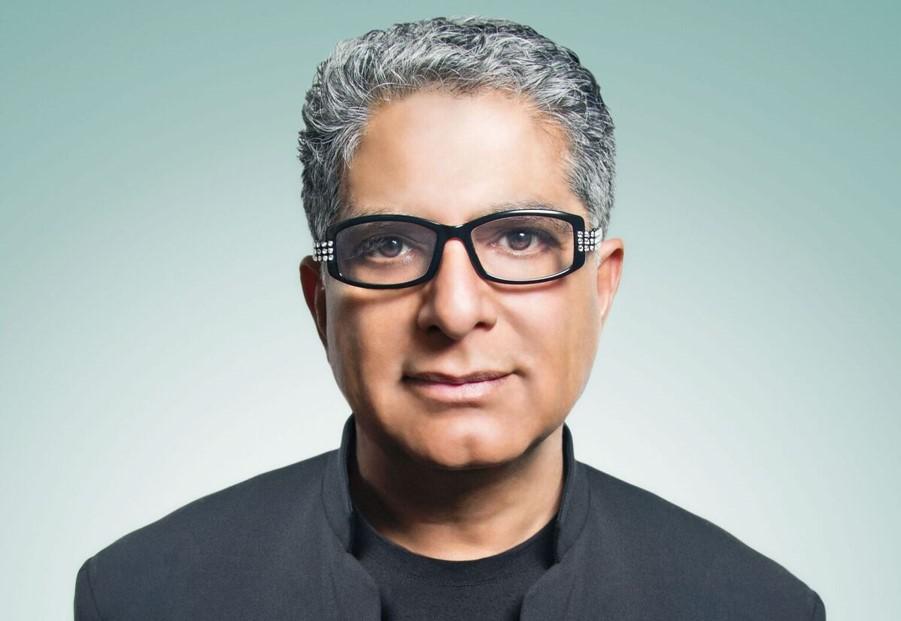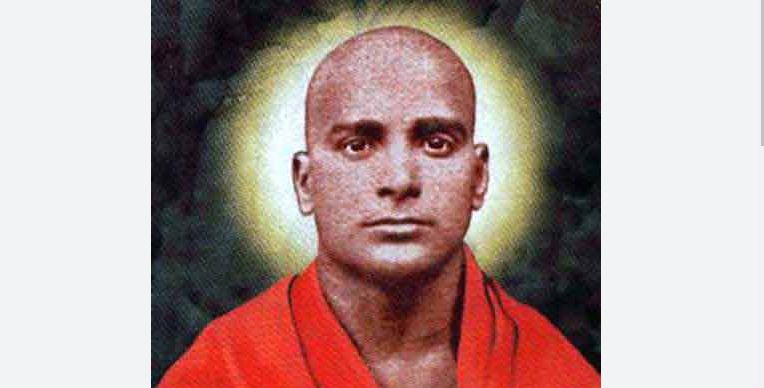
Swami Krishnananda We are always likely to think the Atman is within us. How can it be everywhere? When it is within us, naturally it is very clear. It is within you, and within that person, and within this object, and so on. So there are many ‘withins’. Naturally we are led, due to a sensory interpretation of this centre, to regard it as manifold, or a multitude of intuitively grasped subjects, or Purushas.
This is absolutely far from the truth. The Atman, which is the centre of our being, is also the centre of other beings, organic or inorganic. Inasmuch as they are uniformly spread, they can only be one ultimately, and yet we have to comprehend this uniformity of centre or Atman without bringing the idea of circumference or externality.
The moment we think of a centre, we cannot help thinking of a radius or a circumference, but this is a centre without a radius and circumference. This is an inwardness without an outwardness.
When we say it is the Atman within, well, it is all right, wonderful; but it is not such a kind of within as to isolate itself from the without. That is the meaning of saying the centre is everywhere with circumference nowhere.
If we can comprehend such a situation where there can be an inwardness without a corresponding outwardness, that would be the Atman, but we cannot think such a thing. That is why we are unable to meditate.
Meditation has become a problem because the mind is unable to grasp what it is that is before it. It has become a hard job stretching and scratching, but nowhere ending. It begins nowhere and ends nowhere.
The spiritual effort is a psychological novelty in our life, and it is not something that we have been accustomed to or which we have been habituated to see with our eyes.
By the effort of logical analysis, when we come to this conclusion of the true nature of the Being of all beings, we need not be told as to what righteousness is or what Dharma is. When we know what truth is, we will also know what law is. When we know what Satya is, we will automatically know what Dharma is. We need not be taught about it.
We will not put a question about what Dharma, what law, what righteousness is. First of all know the centre; find your Being, and when you find your Being, you have found the Being of others also.
Our problem in meditation and in spiritual practice in general is that we cannot escape this old grandmother’s habit of externalizing the centre and interpreting it in a sensory fashion.
Though we may say that God is everywhere, for us He is a sense object only. However much we may think otherwise, it would be impossible to comprehend in any other manner.
This is the influence of sensory perception on our life – so deep and so hard to overcome that whatever be our effort at the recognition of truth, we give it a color of untruth.
The character of an object is foisted on the universal subject, and that is why the mind hankers after pleasure in spite of trying to seek the centre in meditation. We have not been able to overcome our weaknesses yet because of the fact that the senses have not left us fully; we are still under their clutches.
The readings that we make of life are only sensory readings, empirical appreciations which disturb our meditation and our effort at spiritual practice.
Every day we have to humiliate ourselves and come to the simple conclusion that we have not yet reached even the boundary or the fringe of the recognition of what the truth is.

